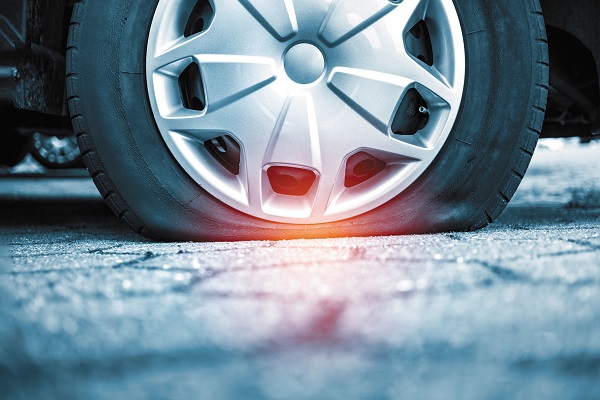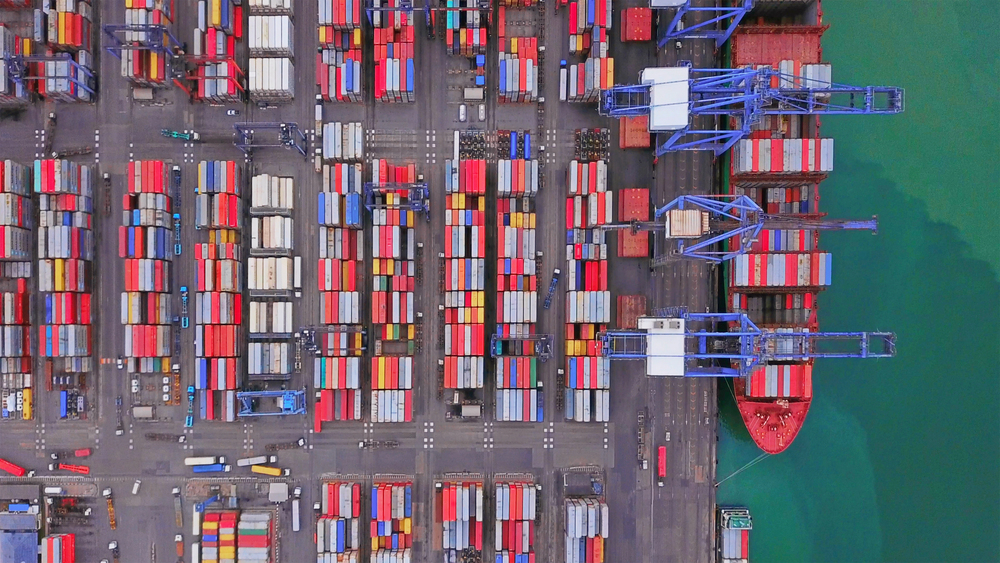3 E&O Auto Snares to Watch Out For

By: Brian Butcher
One of the largest errors & omissions exposures for insurance agents and agencies occurs during the placement of personal or commercial auto policies. Everyone needs insurance for their personal or business autos. However, there are several common pitfalls that stand in the way of successfully placing coverage.
With proper care and consideration, agents can steer clear of those traps and the related E&O issues. Here are three of those sticking points and how to avoid them:
1) Uninsured/underinsured motorist coverage. Most states have statutory mandatory steps that must be taken when offering and procuring uninsured/underinsured motorist coverage. To avoid E&O exposure, the first step is to ensure all statutory requirements are followed in the state or states where you sell UM/UIM coverage.
In general, all offers and rejections for UM/UIM coverage should be documented, and copies of the decision should be provided to the customer. Failure to obtain UM/UIM option selections, stacking, sign-down forms and other related insurance procurement operations could result in significant E&O exposures. This common E&O trap is sometimes concealed when a new purchase of insurance happens or when named insureds on the policy change. Again, make sure everyone in the agency is following the law.
In addition, make sure insurance carrier underwriting requirements are precisely followed. Keep a copy of all option selection forms. Document all discussions, confirmations and rejections so there is a written document trail of the client’s choices. Rejecting UM/UIM coverage should include the customer’s sign-off.
2) Excess coverage. Be aware of any gaps in coverage between the primary auto and excess policy. Some excess policies attach at a particular amount of primary auto coverage limits. However, it is incumbent on the agency to check both policies to ensure the primary policy liability limits meet the attachment point requirements of the excess policy. E&O issues tend to occur when the agency doesn’t procure both the primary and excess. The solution is to always make sure to have a current copy of both policies and carefully review them.
A second potential trap is present with the placement of UM/UIM and excess coverage. Some excess policies do not include coverage for UM/UIM losses over the primary auto limits. If a customer has a significant or catastrophic accident, they could be underinsured for the injuries sustained.
For example, a customer has $100,000 in primary UM/UIM and a $5 million excess policy—but the excess policy has no UM/UIM coverage. The duty of care for an insurance producer, in most states, is to procure the coverage requested or advise the customer if a requested policy or coverage cannot be procured. When this situation occurs, and if the injury is severe, the E&O exposure with respect to damages is often quite significant.
A jury often has sympathy for the injured party and tries to find a way to compensate them. Therefore, the safest practice is to offer UM/UIM coverage on the excess policy and document if the customer declines the coverage or if said coverage cannot be procured.
3) Commercial auto policies. Adding vehicles to a policy or policies midterm can be problematic and is an E&O obstacle course. This is most often encountered with trucking companies. As a result, special care should be given to these operations, especially when the primary and excess policies are with different carriers.
Some excess carriers require the vehicle to be added to their vehicle schedule in addition to the primary policy vehicle schedule for an accident to be covered. Therefore, it is crucial to make sure the newly added vehicles are added to both policies, right away. E&O claims occur on a regular basis when the vehicle has been added to the primary but not the excess policy. If a large injury claim occurs and there is no excess coverage for the vehicle, there will be trouble. It is crucial to have a practice and procedure in place where both primary and excess carriers are promptly advised when a new vehicle is added.
Avoiding these three E&O booby traps can go a long way to protect the client from uncovered auto loss exposures, as well as the agency and its personnel from E&O claims. The key is to know and follow the law, communicate often, carefully review each policy, have an effective and useful diary or pending system, and, as always, document, document and document some more.
Brian Butcher is vice president and claims expert with Swiss Re Corporate Solutions and a teleworker out of the office in Kansas City, Missouri. Insurance products underwritten by Swiss Re Corporate Solutions America Insurance Corporation, Kansas City, Missouri, a member of Swiss Re Corporate Solutions.
This article is intended to be used for general informational purposes only and is not to be relied upon or used for any particular purpose. Swiss Re shall not be held responsible in any way for, and specifically disclaims any liability arising out of or in any way connected to, reliance on or use of any of the information contained or referenced in this article. The information contained or referenced in this article is not intended to constitute and should not be considered legal, accounting or professional advice, nor shall it serve as a substitute for the recipient obtaining such advice. The views expressed in this article do not necessarily represent the views of the Swiss Re Group (“Swiss Re”) and/or its subsidiaries and/or management and/or shareholders.










